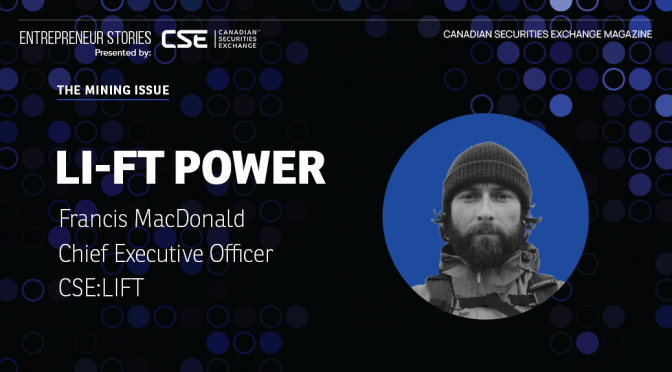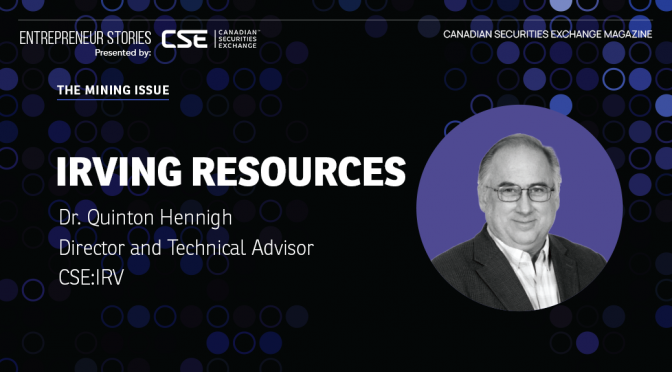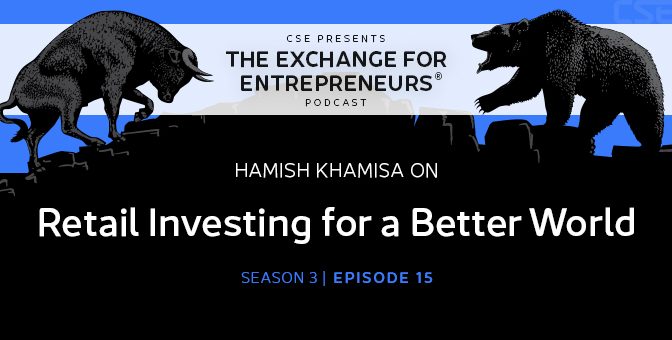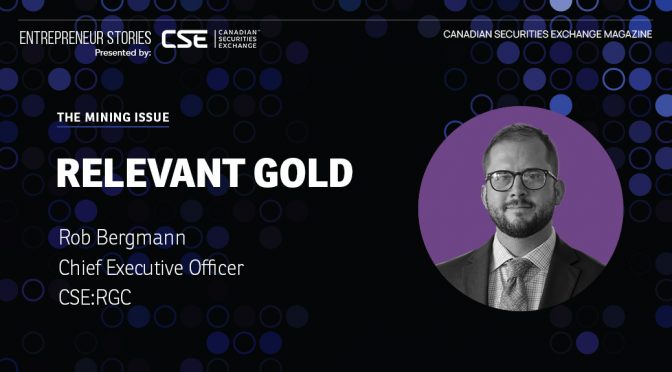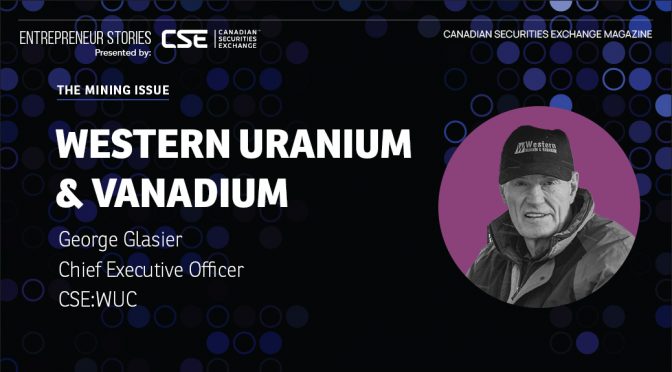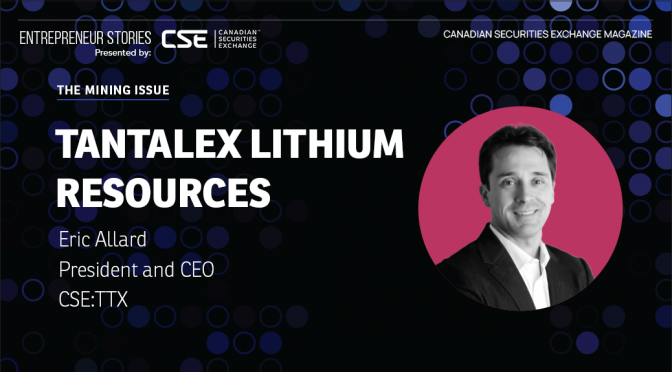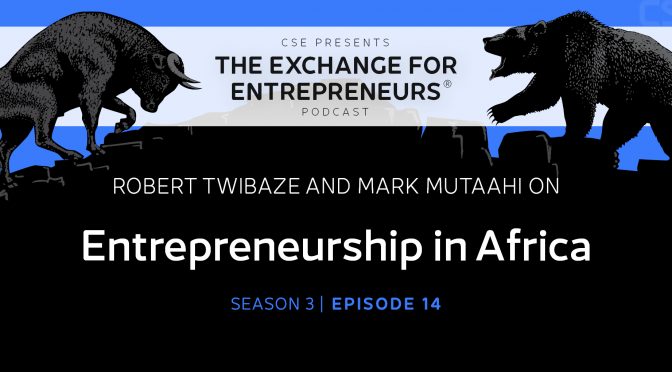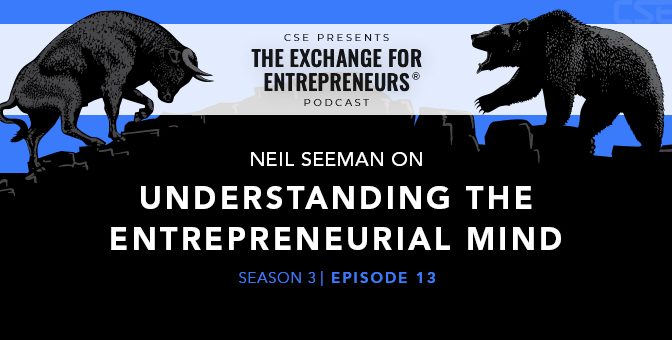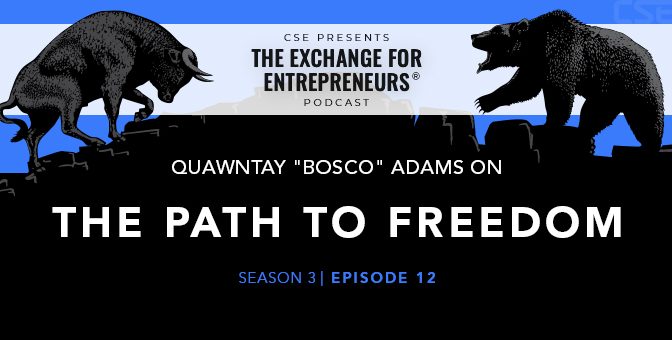A swath of land lies nestled in the Northwest Territories, not far from the capital city of Yellowknife, where hard rock lithium pegmatites literally stick out of the ground. They’ve been there for a long time, but few people had reason to take notice.
Now known as the Yellowknife Lithium Project, the site was acquired by Li-FT Power (CSE:LIFT) in November of this year. Covering 14 mineral leases that host numerous spodumene-bearing pegmatite, the area was held privately for 35 years.
Sufficient exploration was conducted to demonstrate the world-class lithium resource potential of the dyke systems on the leases. However, the properties lay dormant because lithium had yet to become the vital commodity it is today.
That’s about to change.
Li-FT Chief Executive Officer Francis MacDonald believes the lithium market is entering a window of unprecedented potential to generate returns on investment. Lithium-ion batteries are powering a technology revolution that will leave the carbon economy behind. A supply crunch has driven up prices.
That has created plenty of jockeying for territory, plus a race to reach production before supply catches up to demand.
“The world needs more lithium,” MacDonald states plainly. “Lithium is not especially rare; it’s just that the transition to electric mobility supporting the fight against climate change drastically increased demand for lithium-ion batteries. So, one of the key things now is getting projects into production quickly.”
Li-FT is working with the Indigenous communities in the area to do just that. The company is currently in the initial permitting and engagement phase, and once that is complete, the intention is to conduct a substantial drill program as soon as possible to confirm the world-class resource potential is valid.
If things go to plan, drilling under the lithium pegmatites on the surface would deliver enough data to put out an inferred resource estimate after just one pass, likely in the first half of 2024.
When the dust settles, this could be one of the largest lithium deposits in North America if what’s visible on the surface goes down to depth at 300 metres, MacDonald says.
The last company to work on the area was Equinox Resources, one of billionaire mining entrepreneur Ross Beaty’s companies. Equinox was acquired in 1993 by Hecla Mining, which was focused on gold exploration, not lithium.
“This was the early nineties. Lithium was used for ceramics and very special niche markets. No one cared about lithium,” MacDonald explains. “After the acquisition of Equinox, Hecla didn’t have any interest in advancing lithium projects, so they just reverted back to the private company.”
Prior to Li-FT, which named him CEO before making the Yellowknife acquisition, MacDonald spent the earlier part of his career as an exploration geologist with Newmont Mining working in the Canadian Arctic and Africa. In 2016, he co-founded Kenorland Minerals, a North American greenfield exploration company.
Most of his previous work was in gold, but in recent years, MacDonald has been drawn to lithium projects. In addition to the metal’s rise in value, lithium projects are quicker to reach the feasibility stage, he says.
For example, a 2 million ounce gold project can require between 500,000 and 1.5 million metres of drilling to reach feasibility. That’s a lot of money and a great deal of time.
Lithium pegmatites, by contrast, need as little as 15,000 metres to reach feasibility, which in turn means a much more attractive return on exploration dollars.
The reason, MacDonald says, is hard rock lithium’s high grade and structural continuity. In other words, you don’t need to drill as much to be confident about what’s beneath the surface.
“These pegmatites, they’re cracks that go for two kilometres, and they’re just consistently 20 or 30 metres wide,” he says. “The structural geometry is a lot more continuous, and the grade is more homogenous as well.”
Other projects just aren’t like that. A vein of quartz, for example, could pinch out and be much shorter than anticipated. To get the same level of confidence requires a lot more drilling.
The value of lithium, the amount a given company is sitting on and the speed with which projects can reach feasibility are going to define the sector over the next decade. Li-FT is in a race, and MacDonald likes its chances.
“Everyone’s asking for lithium properties now,” he says. “And at some point in the future – 2030, 2035 – supply is going to satisfy or even exceed demand.”
In the meantime, Li-FT is getting its permits in order. That starts with showing the local Indigenous communities that this project will bring economic benefits to the region.
Communication is key, and MacDonald doesn’t take that lightly.
“This is traditional land,” he says. “And who am I? I’m a guy from Nova Scotia who lives in Munich saying, ‘I want to drill something in your backyard.’ I always think: if someone came up to my parents in Nova Scotia, and they didn’t sit down, have a cup of tea with them and explain what they were proposing, my parents would be pretty annoyed.”
Listening to what has worked, and what hasn’t, with past mining projects helps create a win-win for everyone. Plus, if the experience is positive, that makes the next project easier to get off the ground.
Eventually, if some of the pegmatites go toward a positive feasibility study and eventually into production, that’s when an impact and benefits agreement could come into play, MacDonald says, helping the affected First Nations communities.
In addition to Yellowknife, Li-FT controls a combined 228,237 hectares of ground across a trio of greenfield lithium pegmatite projects in Québec: Rupert, Pontax and Moyenne. Those projects are prospective for lithium pegmatite too, but it’s a totally different strategy and will play out over time.
But at Yellowknife, the lithium is actually sticking out of the ground. Someone just needs to take a drill to it and define the extent of what is there.
“It’s one of the most interesting exploration opportunities out there right now because it sat in a private company for 35 years for the right group and the right time,” MacDonald concludes. “We just need to show what is below the surface.”
This story was featured in Canadian Securities Exchange Magazine.
Learn more about Li-FT Power at li-ft.com.

